Technical Specifications and Features listed by Swiftech.
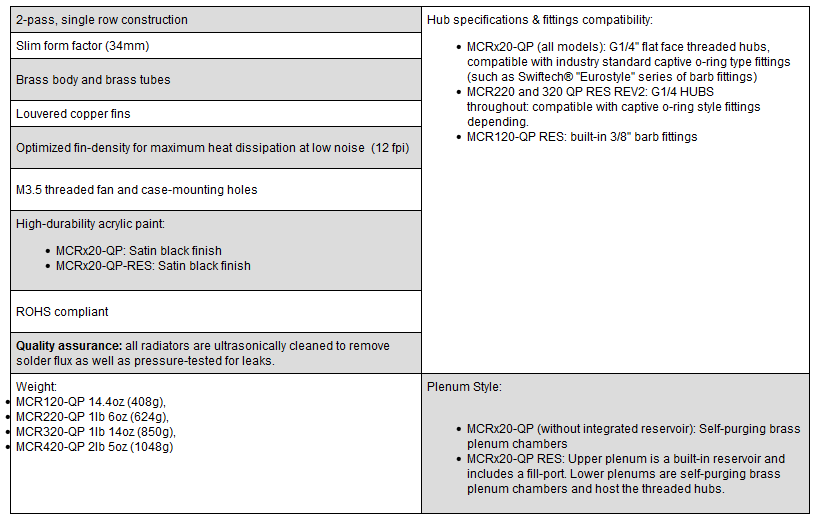
The following technical drawing of the MCR320-QPK is courtesy of Swiftech.
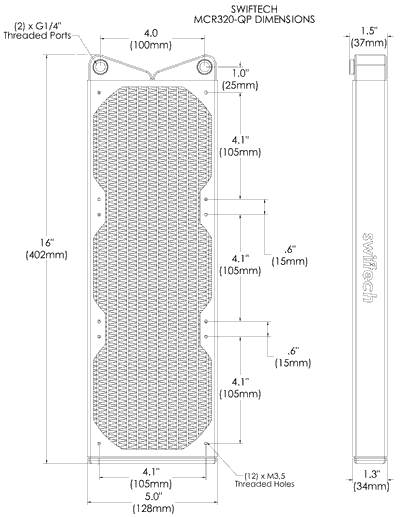
Dimensions Measured on the Radiator Tested:
The 20mm thick core is based on a single row of 12 ~1.95mm thick tubes arranged in the standard 2 pass U-Flow configuration. The fin arrangement consists of single, coarsely louvered fins which have a 13 FPI count. This thin, low density core does not seem designed for brute force cooling ability, it does indeed appear geared towards maximizing cooling potential with low to medium speed fans as Swiftech state.
The following picture is a reference which shows a typical U-Flow coolant flow path, where the coolant travels up all the tubes on one side (left in pic) of the rad and then returns down the other side. U-Flow is most easily recognized when the port end has 2 separate tanks. just as the MCR320-QPK has.
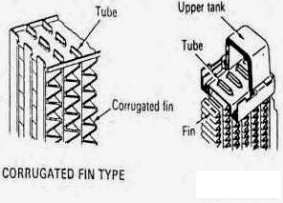
The fins are spaced very evenly between the tubes as we should expect on a low fin core. Our sample had an average fin count of 13 FPI which which matches Swiftech’s specifications.
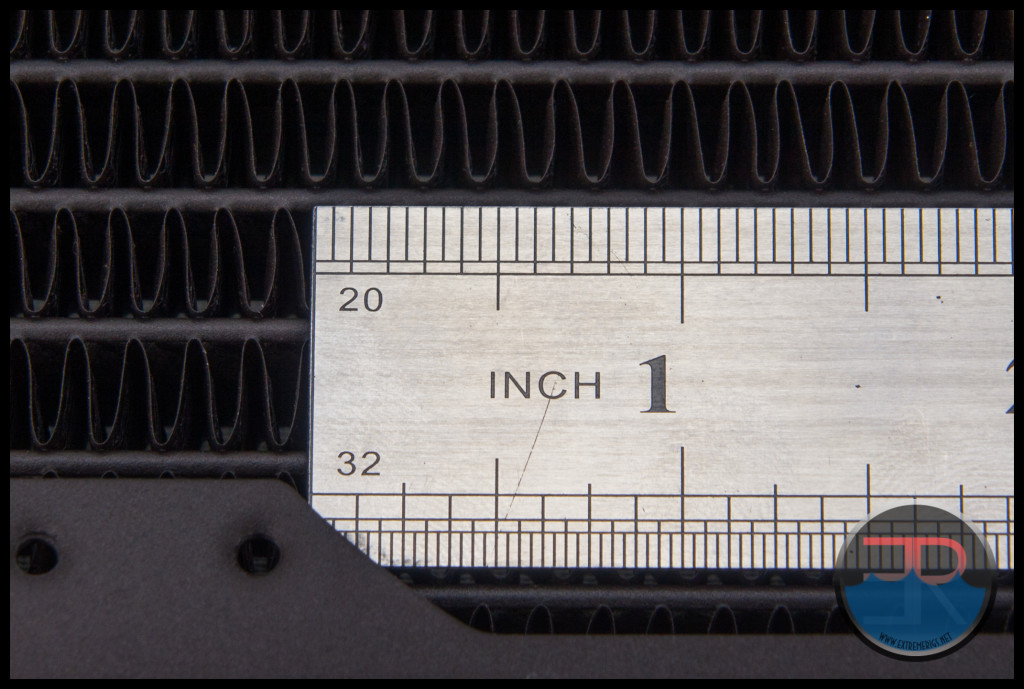
Finish and Features
The “satin black” painted finish of MCR320-QPK is fairly rough in texture which we can live with. Our greater concern is the shade of “black” which in our eyes has a significant brown tinge to it. If something is being called black, it should at least resemble a shade of black and suffice to say that we are not huge fans of the finish on the MCR320-QPK.
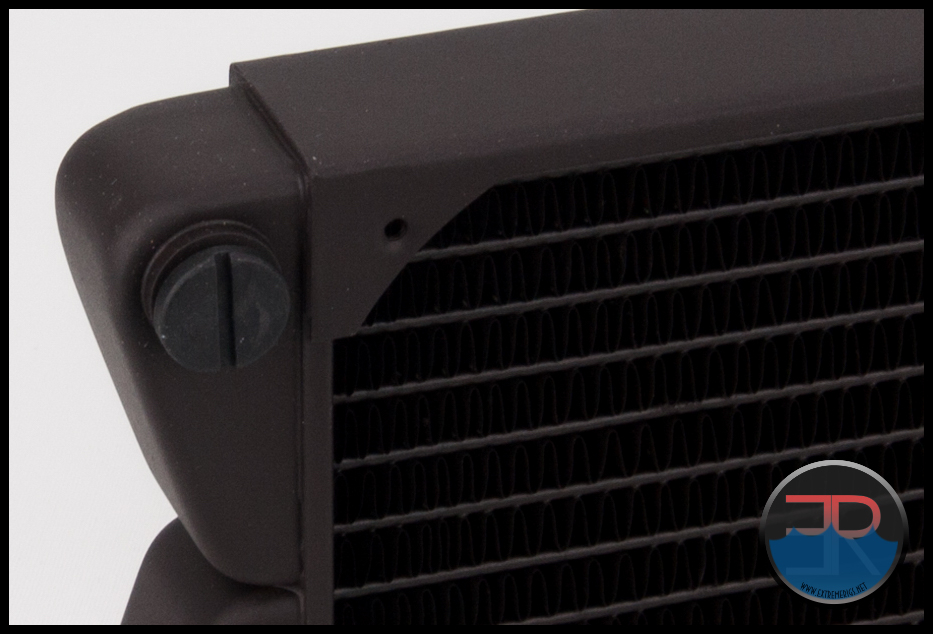
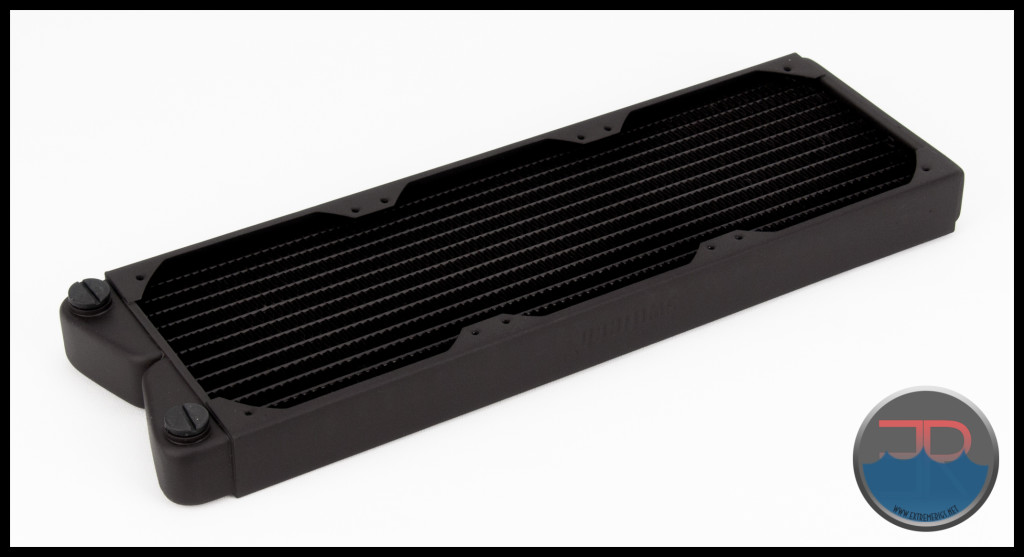 It really is more brown than black !
It really is more brown than black !
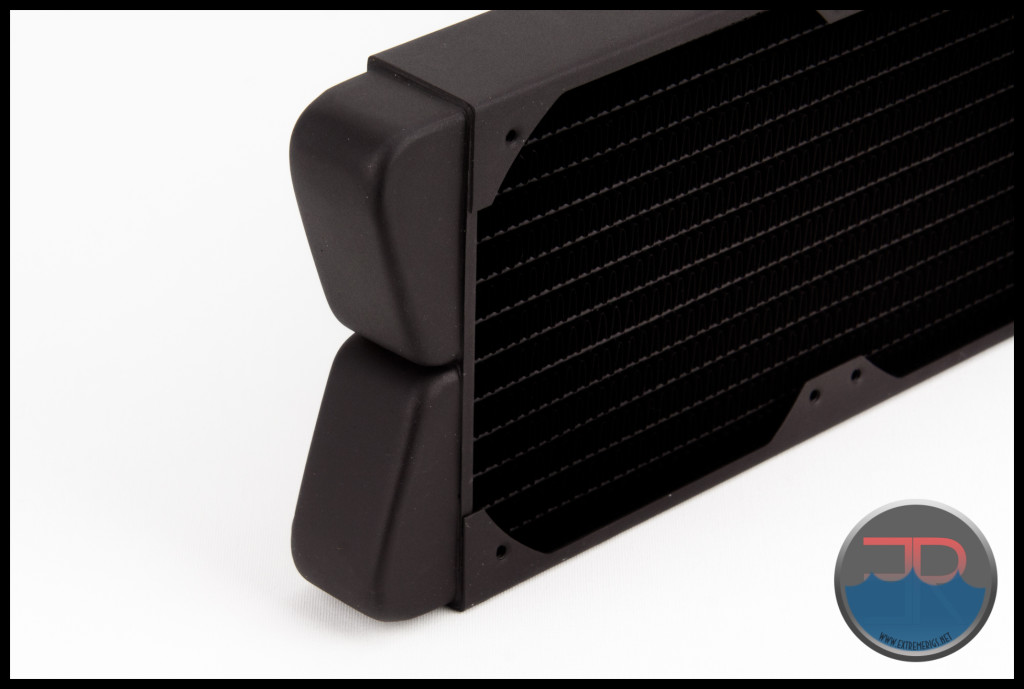
Regular readers will be aware that we are not in favor of company logos in conspicuous places, especially when they are placed so that there is a 50/50 chance that the logo will be upside down when the component is installed. The MCR320-QPK has the Swiftech logo stamped onto both side panels which is rather inconspicuous while still serving it’s advertising purpose. The logo will be upside down for a floor mounted installation and the correct way up when the radiator is roof mounted.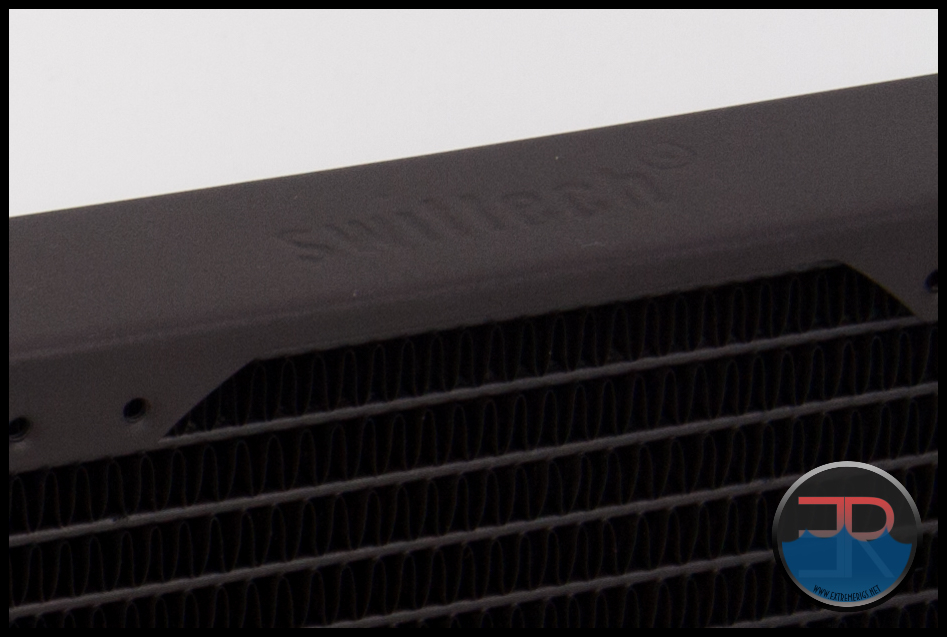
The MCR320-QPK is equipped with just 2 G 1/4 ports in total, either of which can be used for inlet or outlet.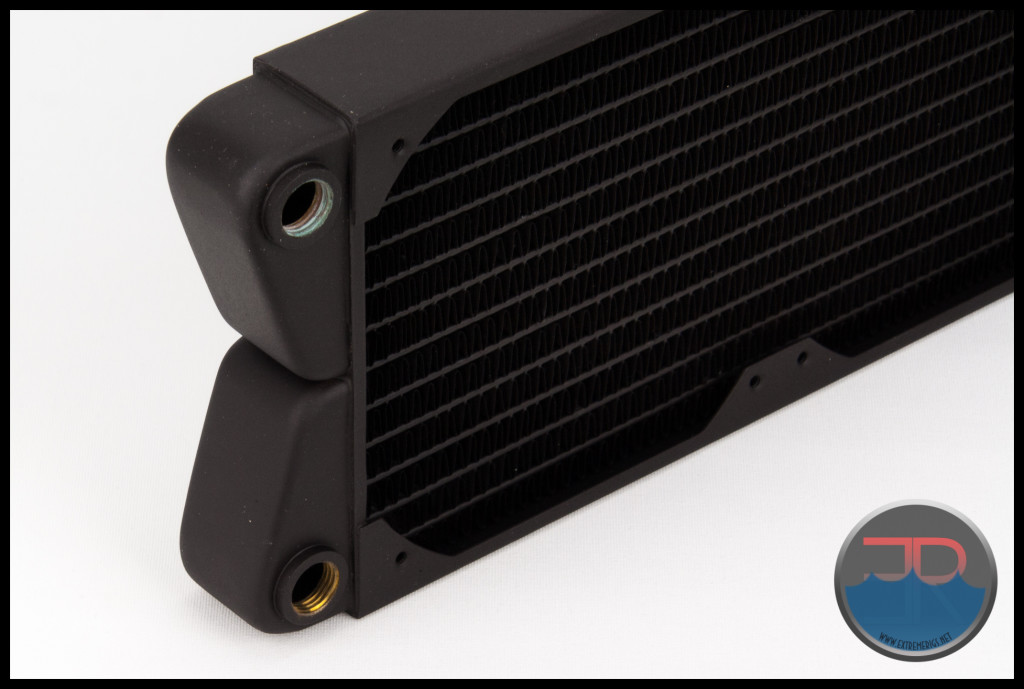
On our review sample one port had been polished, while the other had not.
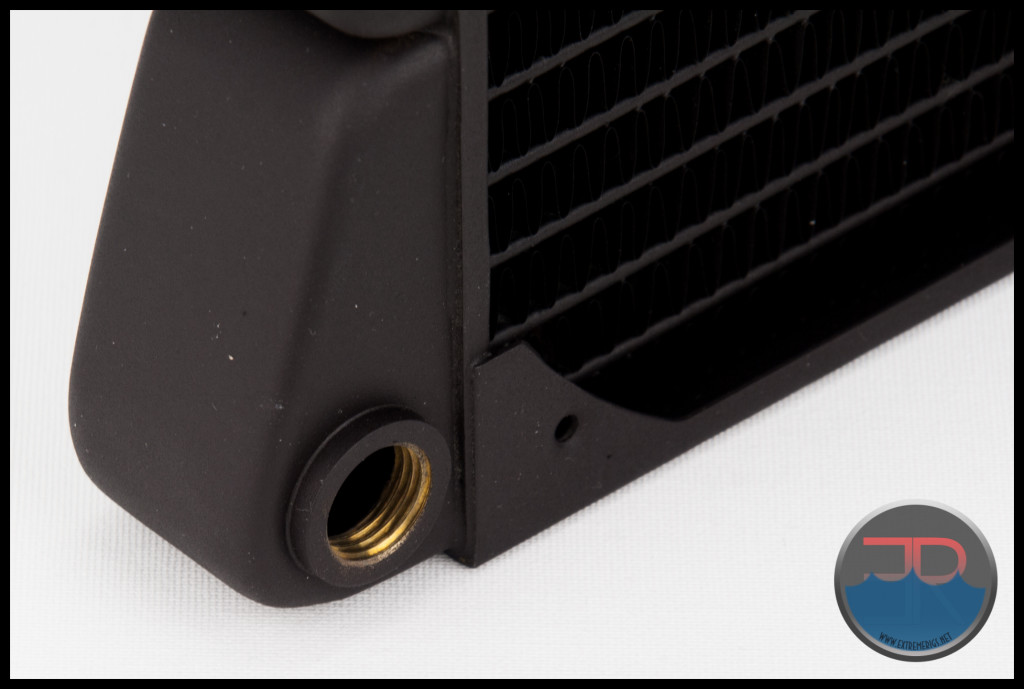
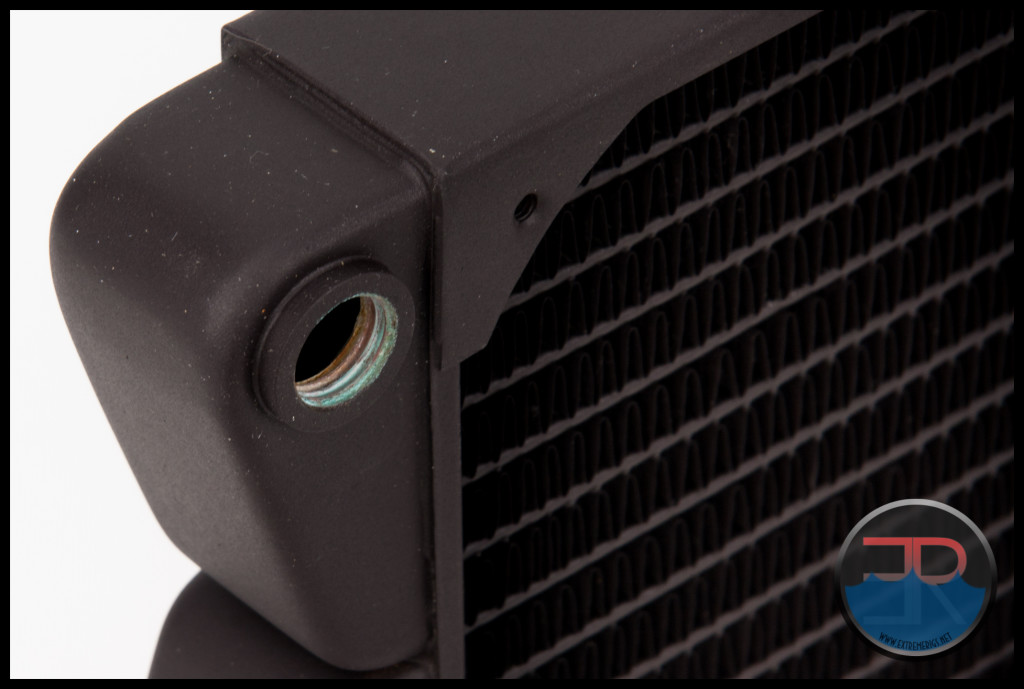
No alternative port options are fitted on the MCR320-QPK, however the MCR320-QP-RES-R2 version of this radiator with built in reservoir received additional ports way back in 2012. We wonder then why this non reservoir version never got the port upgrade.

Unfortunately on the MCR320-QPK there is no dedicated fill/drain port on the return end.
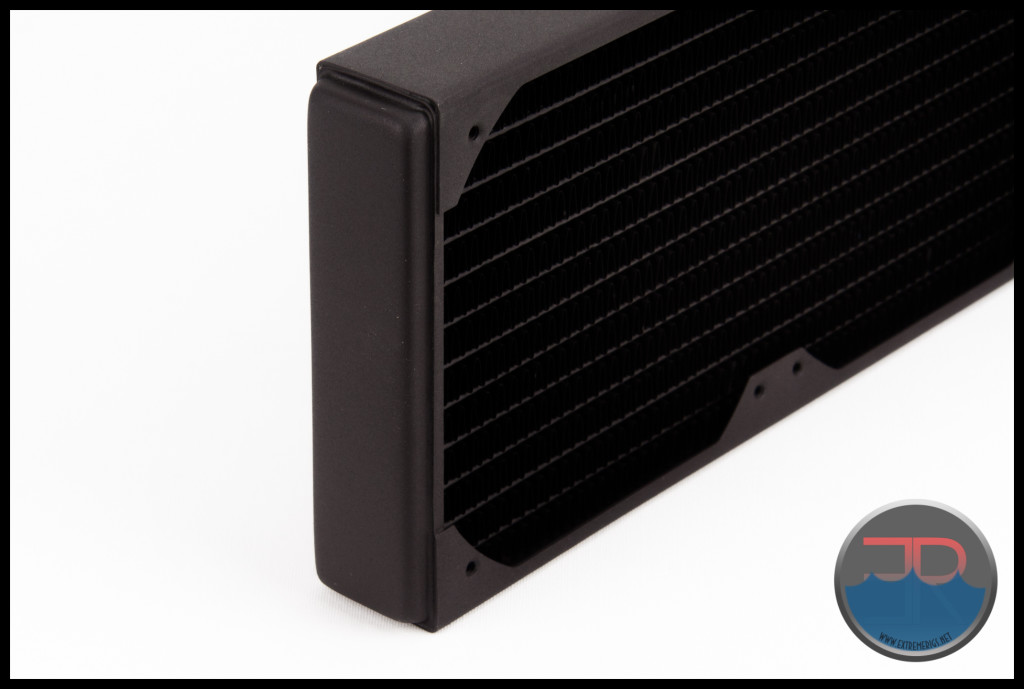
On the Reservoir Version (MCR320-QP) and Res with Pump (MCRx20-QP-RES-R2) we do see Fill Port / Bleeder Ports installed for either horizontal or vertical installations.
The port end tanks have been designed to purge air from the radiator quickly by implementing an angled shape that doesn’t leave any dead “flow zones”. We think functionality of the design is great and should assist in faster bleeding of the entire water cooling loop, however we’re not totally convinced about the aesthetic appeal of the angled tanks.
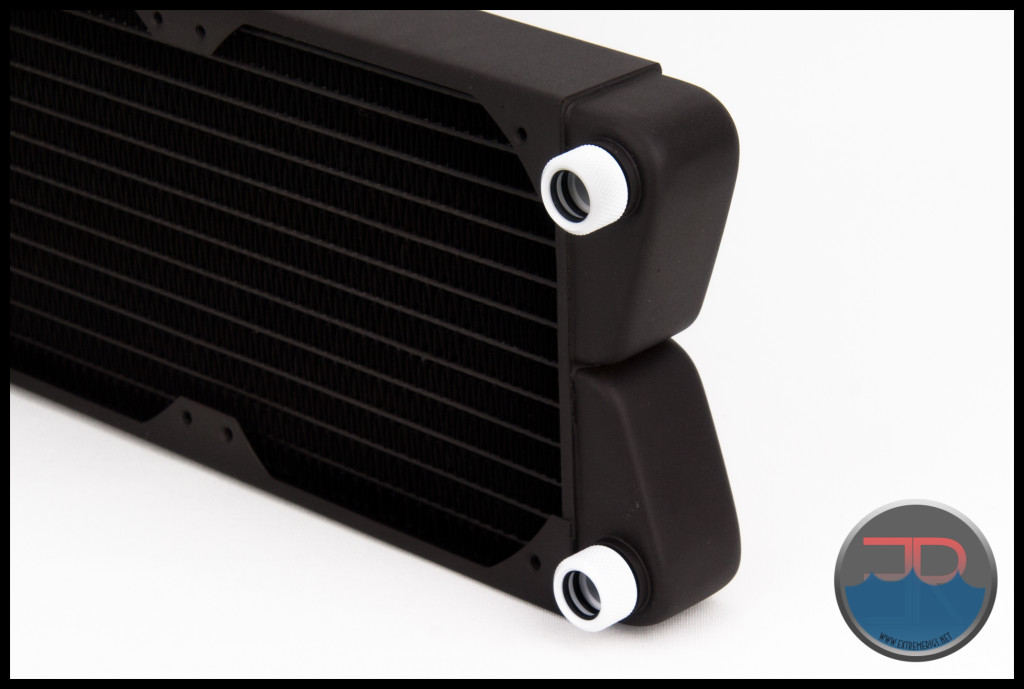
The port positions are well placed on the MCR320-QPK allowing for installation of even the largest fittings such as Bitspower’s 1/2″ x 3/4″ Compression fittings as seen in the following photo. Here we also see that the fan position is set back from the end of the radiator core which is good for large fittings, but the gap of exposed core is hardly ideal for maintaining a high static pressure and airflow through the radiator.
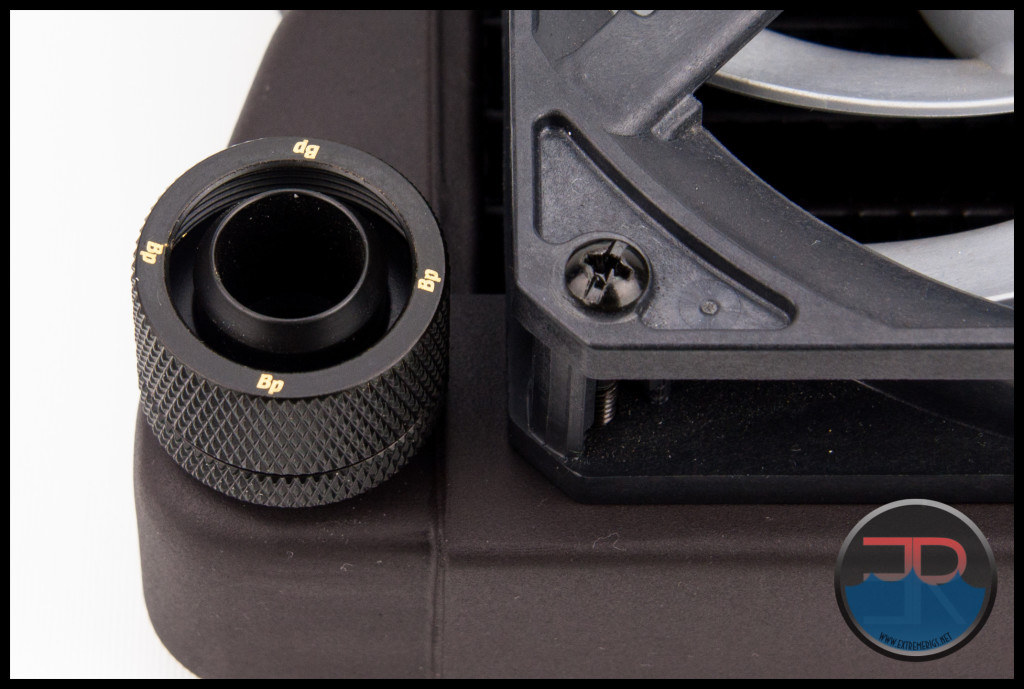
Port installations were nice and straight as one should expect.
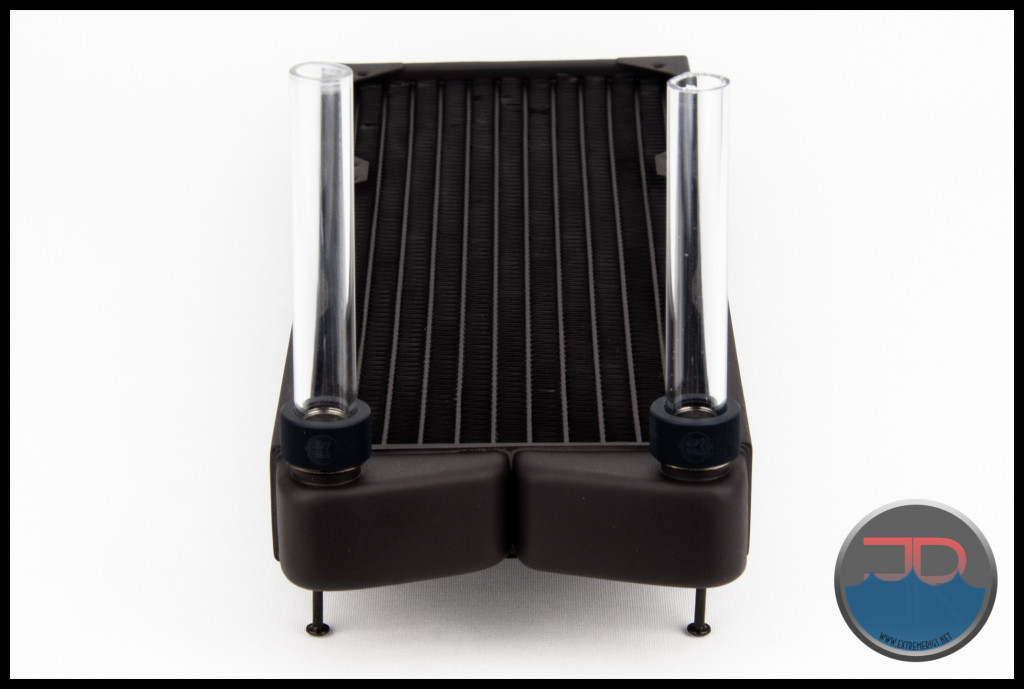
Screw protection plates are not fitted under the M3.5 threaded mounting holes which is a feature we wish all manufacturers would incorporate. Swiftech acknowledge that puncture by mounting screws is the biggest cause of radiator damage yet a simple design change could significantly reduce this risk.
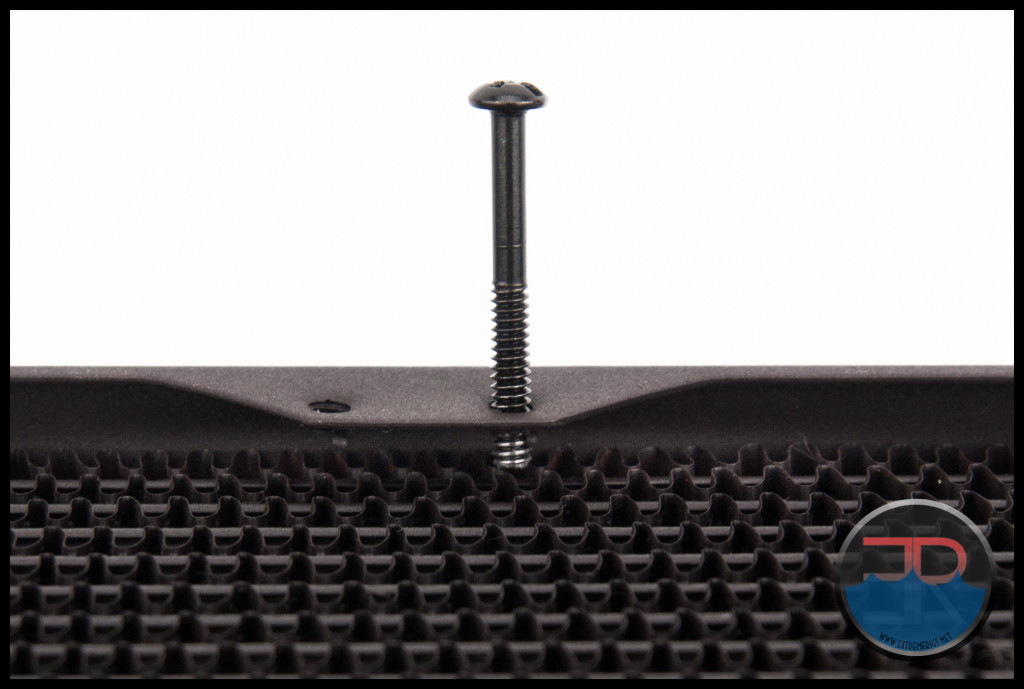
Not having protection plates fitted on the MCR320-QPK is especially disappointing when the design has tubes placed under every mounting hole.
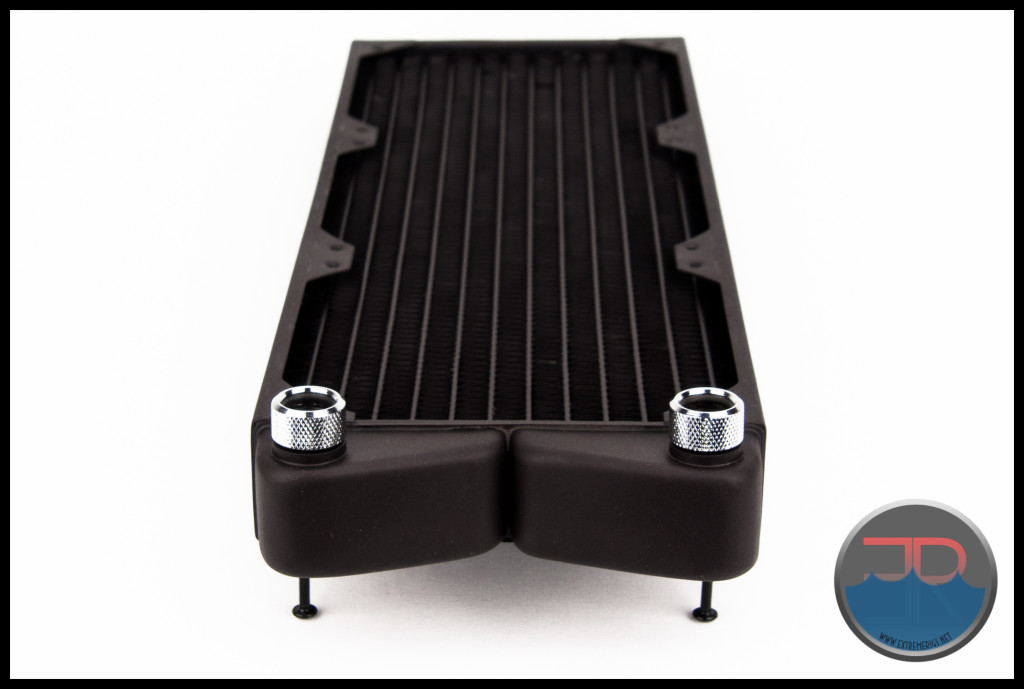
Having said that, the inbuilt shroud depth is 7mm on both faces of the MCR320-QPK, so when fitting a standard 25mm thick fan with the supplied 30mm long screws a ~2mm clearance remains between the core and the end of the screws.
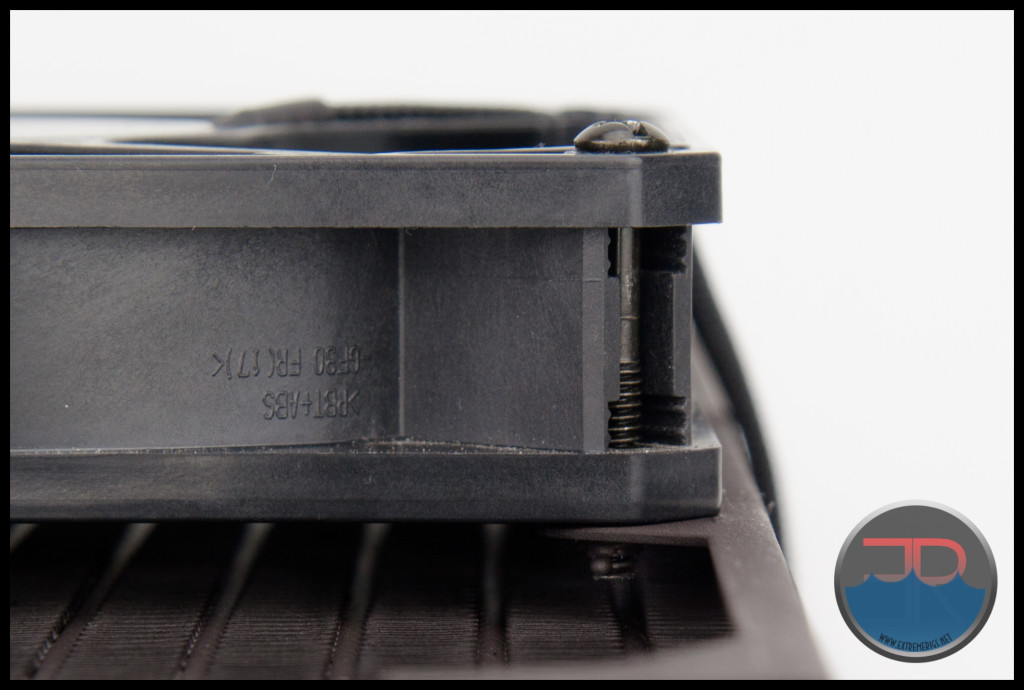
The 15mm fan spacing is as good as one can expect and we had no dramas fitting a few different sets of 120mm fans.
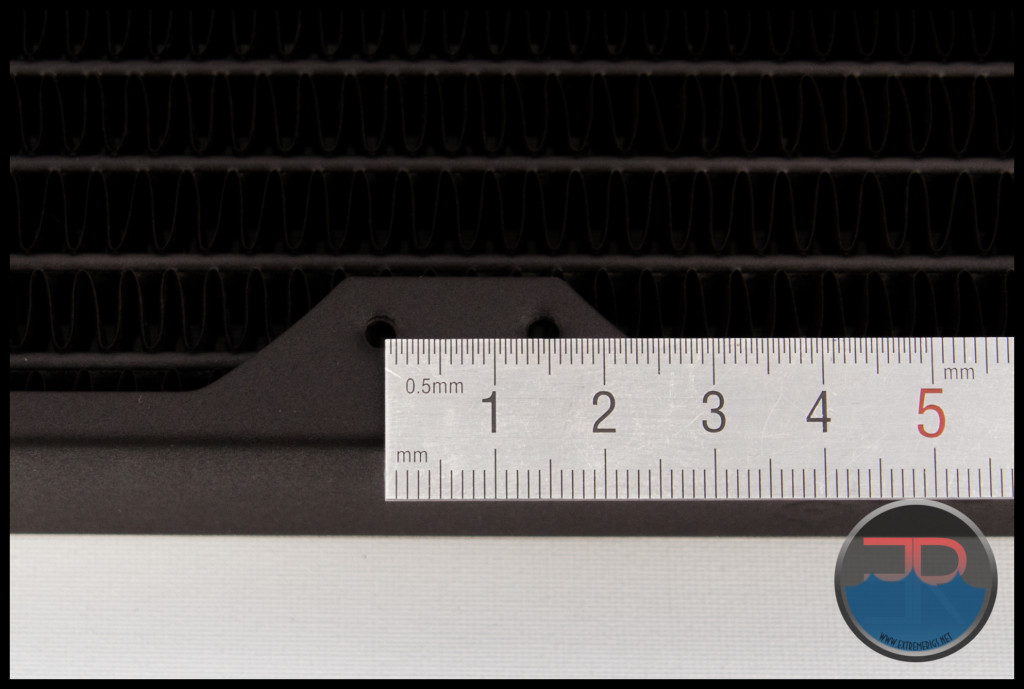
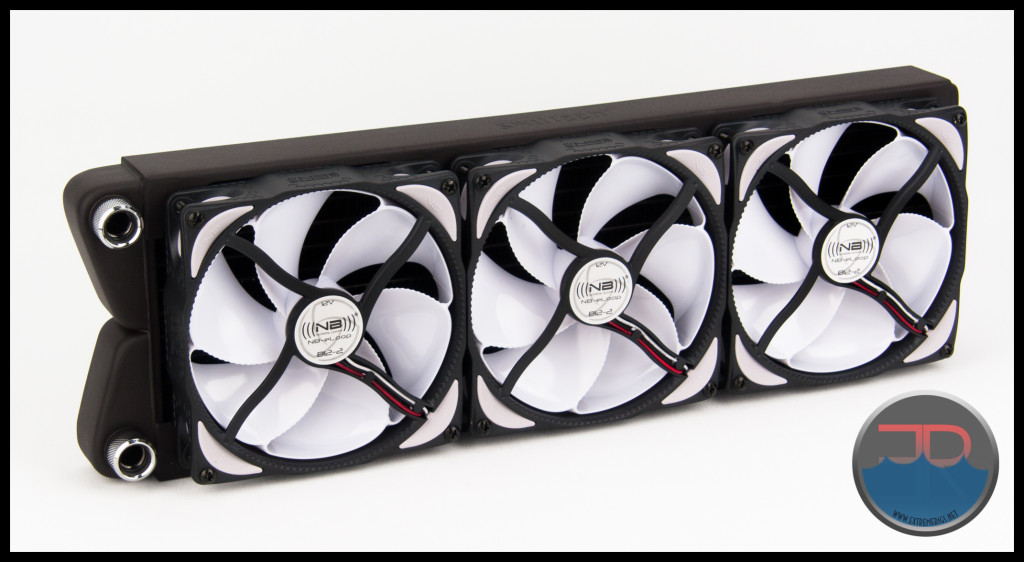
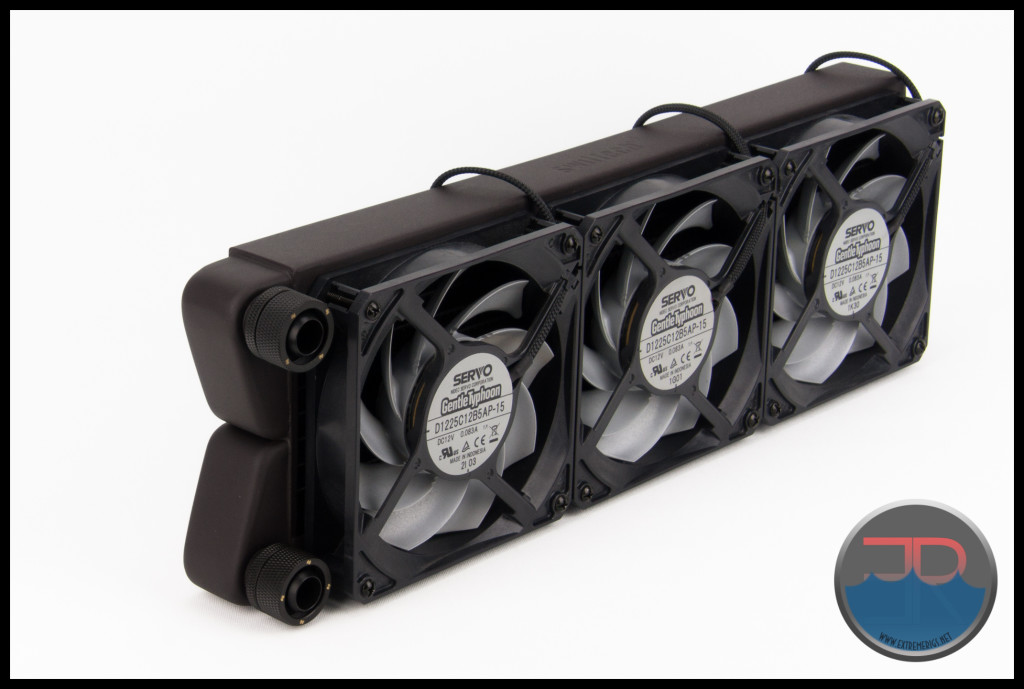
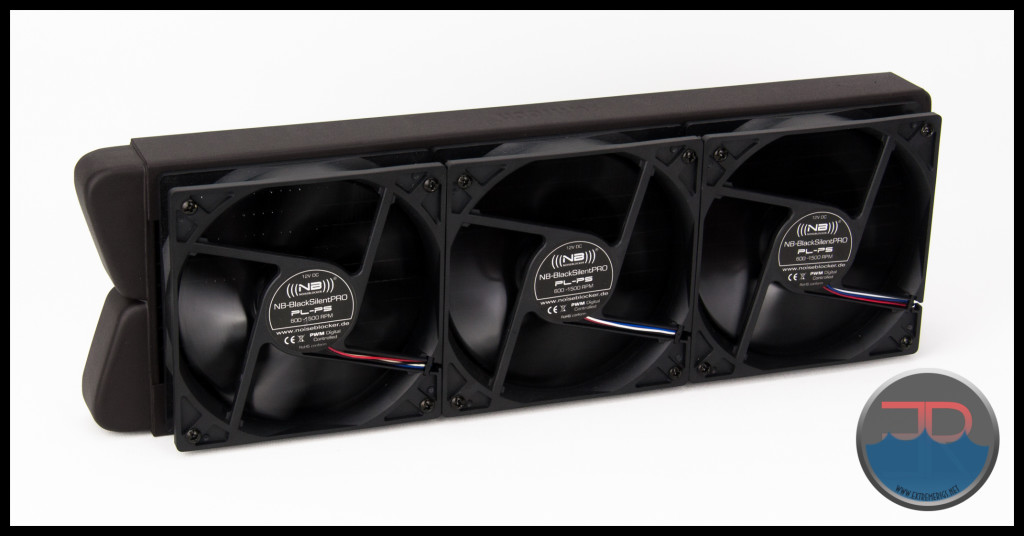 The above photos really shows up the brown tinted finish when fitted with fans which are actually black in color.
The above photos really shows up the brown tinted finish when fitted with fans which are actually black in color.
As we have seen a few of radiators with poorly located fan mounting holes, we have started taking these measurements also to check that specs are being adhered to during manufacturing.
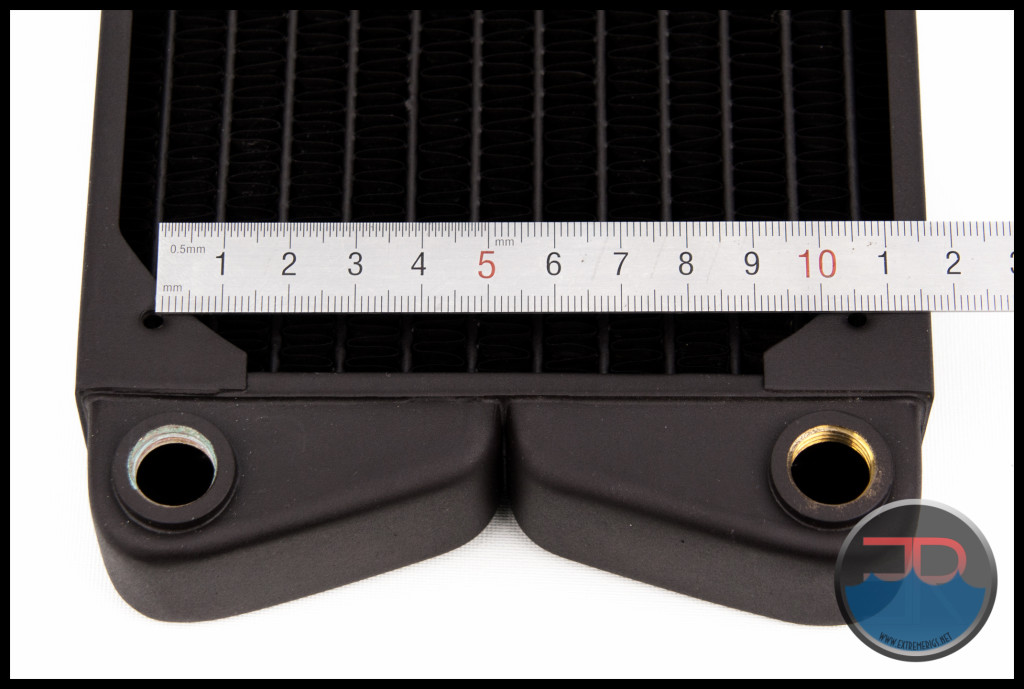 The MCR320-QPK’s measurements were all within expectations
The MCR320-QPK’s measurements were all within expectations
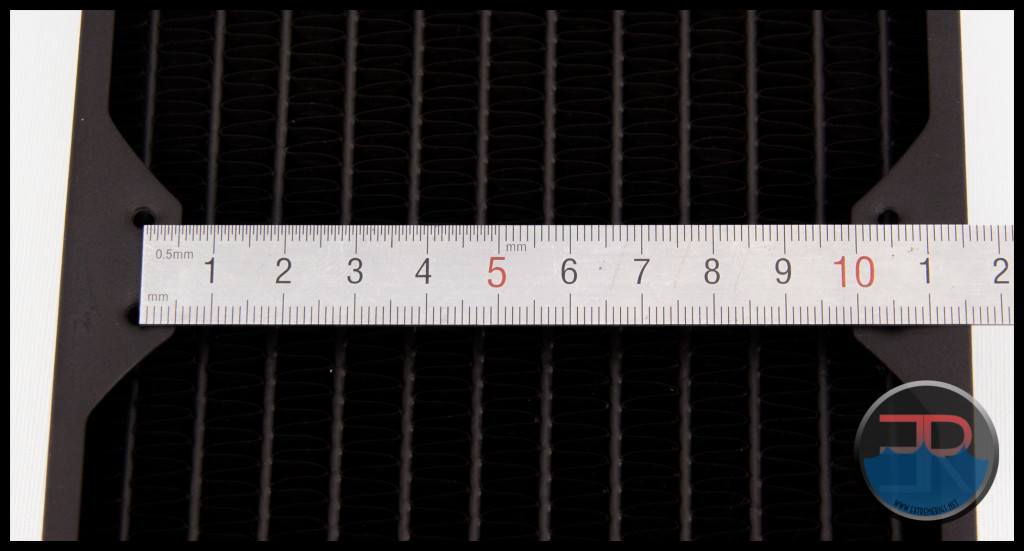
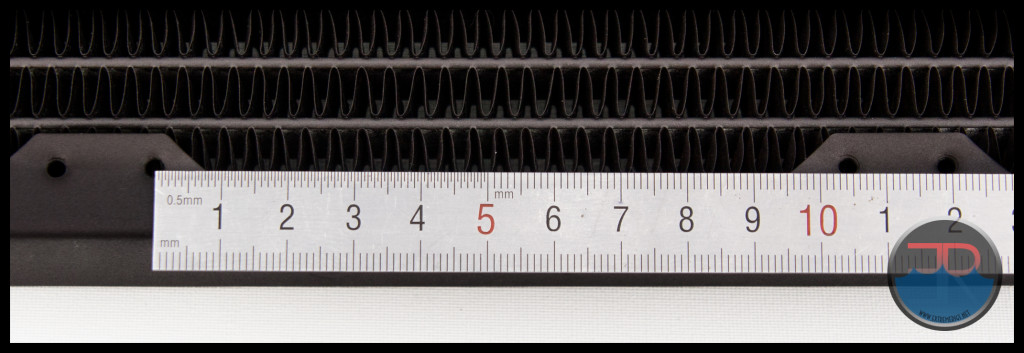
The MCR320-QPK is a slim, 2 port 360mm radiator with a medium density fin array between reasonably thick 2mm tubes. The “black” finish definitely has room for improvement and it’s missing screw protection plates and alternate ports but we like the tank design and overall, the radiator feels solid and well built.
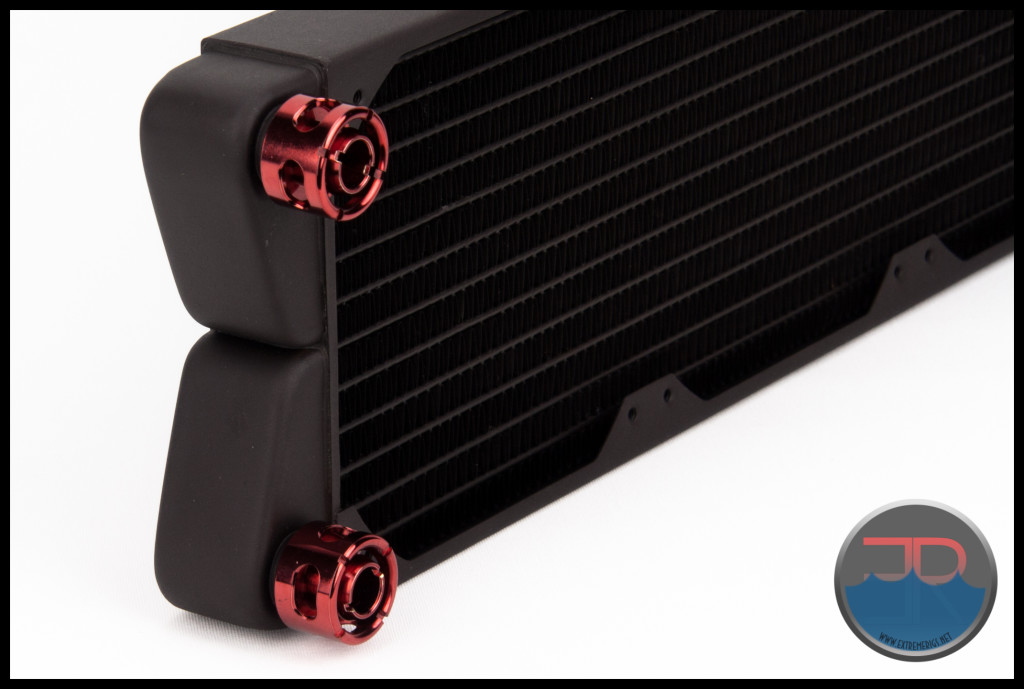
Before we move forward there is one issue to raise about the MCR320-QPK, or at least our review sample. This was by far the dirtiest radiator that I ever flushed, and I have done my fair share. Swiftech claim the radiators are ultrasonically cleaned, yet this much debris came out from just the first two rinses.
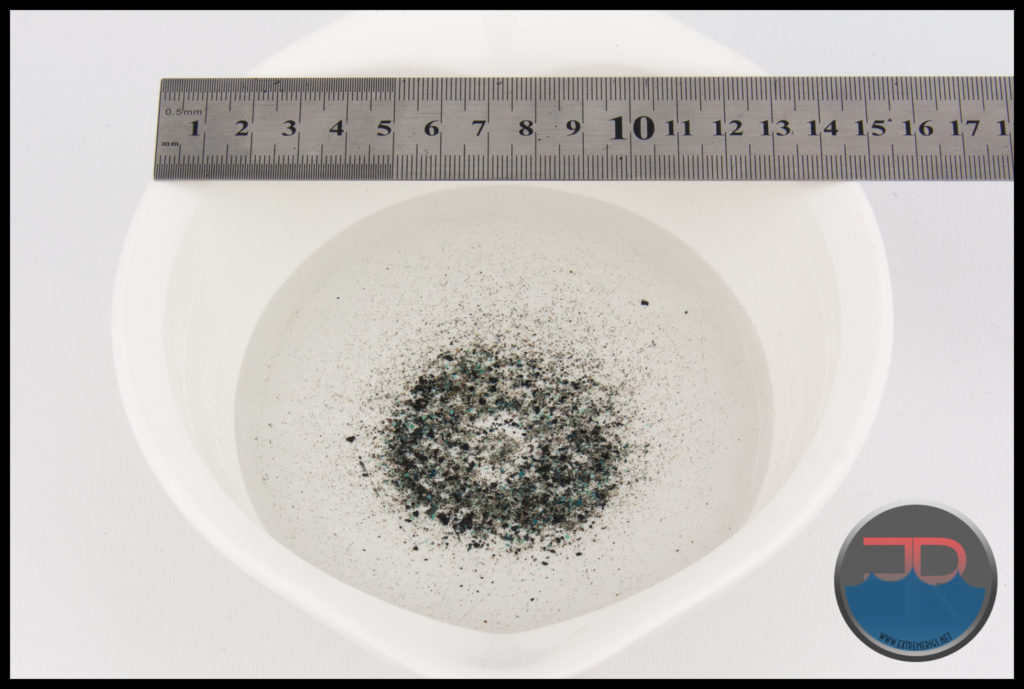 We expect better than this, and so dear reader should you.
We expect better than this, and so dear reader should you.
Let’s see how it performs…








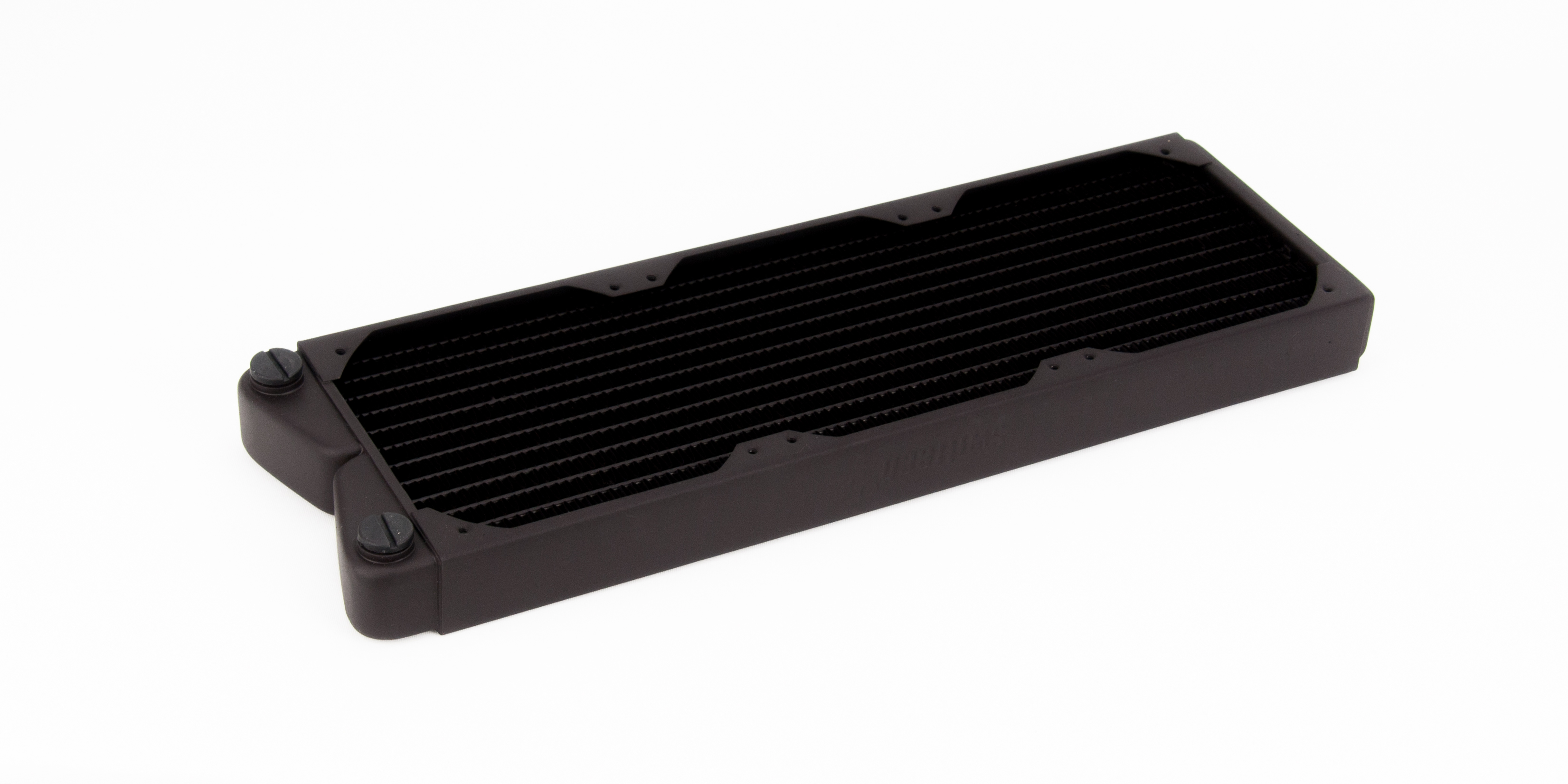


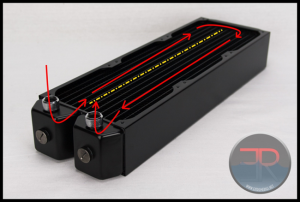
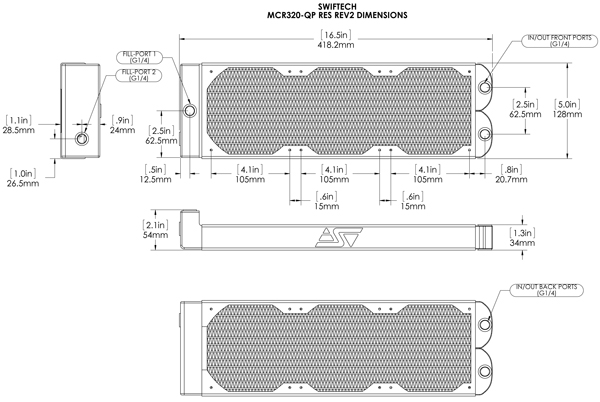
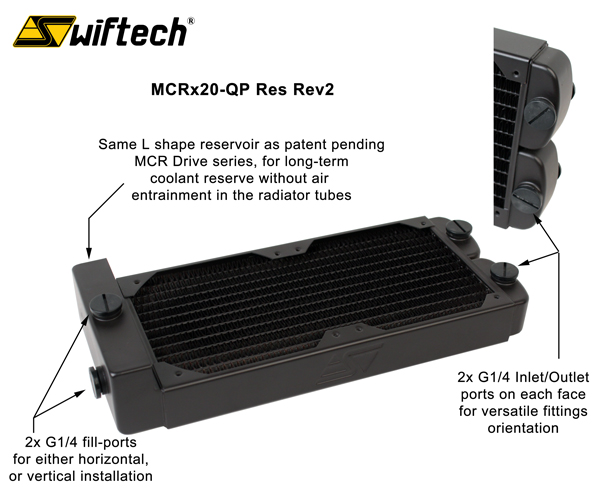
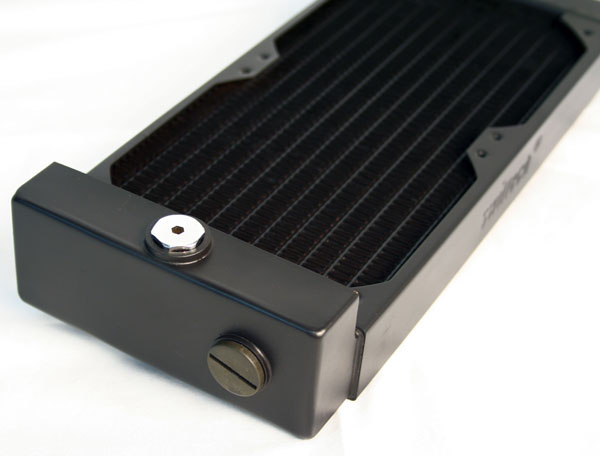



Comments are closed.